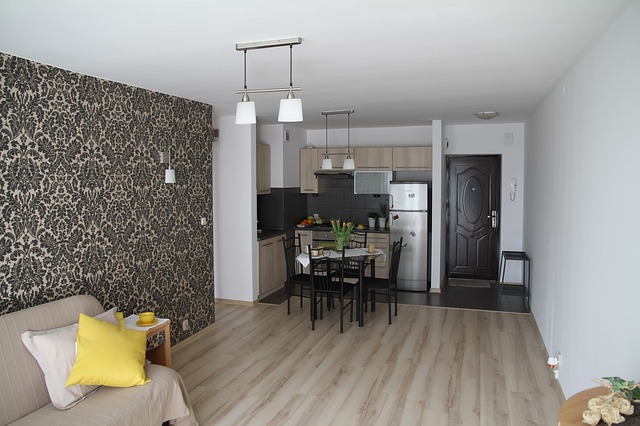Many people remember that during the socialist era, wallpapering an apartment was very common. But even today. With the advent of the velvet revolution, wallpaper may be on the wane, but it is now back in the limelight, replacing the saturated wallpaper. When used delicately, it can make the environment more pleasant. Wallpaper with large patterns is not suitable for small apartments. Always choose a color that matches the rest of the furnishings and avoid using too much color. Sometimes less is more.

- The most common wallpaper is wool wallpaper. It is more expensive than paper, but is easier to handle and holds its shape better. The adhesive is applied directly to the wall, eliminating the need for labor-intensive painting. In addition, it has a luxurious appearance and is long-lasting. It is highly versatile, as it is suitable for any substrate. When bored, it can be easily removed and replaced with another one.
If you want to spruce up your hallway, bathroom, or kitchen, use vinyl wallpaper. The color will hardly change over the years. Specialty stores can advise you on the right type of adhesive.

- Paper wallpaper used to be widely used, but is now in the minority. Paper wallpaper is not durable, difficult to process, and does not have a long lifespan. Over time, it discolors with sunlight. Not to be forgotten is textile wallpaper, once widely used in castles. Still produced today, it has a luxurious look and is more suited to more ornate buildings than to newer, modern buildings.
Wallpaper looks best when applied to only one side of a short wall and the rest of the room painted in the characteristic color of that wallpaper. Of course, the entire room can be wallpapered, but in that case, choose a softer, brighter pattern so that it does not look too cramped.